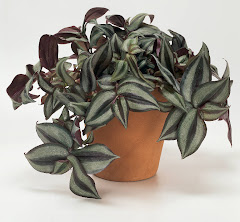*bryophytes(mosses and liverworts)-no roots, vascular system, or cuticle; has rhizoids similar to root hairs; mosses with simple leaf-like structures; liverworts have flattened shape called a thallus
*filicinophytes(ferns)- roots, leaves in fronds, vascular system; cuticle on leaves; can form small trees but not woody
*coniferophytes(conifers)- shrubs to very large trees; advanced vascular system; woody stems and roots
*angiospermiophytes(flowering plants)- highly variable in structure(tiny herbaceous to large trees); roots, stems, and leaves; advanced vascular system; can form woody tissue
2. Draw a diagram to show the external parts of a named dicotyledonous plant including root, stem, leaf, axillary and terminal buds.
3. Draw a plan diagram to show the distribution of tissues in the stem, root, and leaf of a generalized dictyledonous plant.
4. Explain the relationship between the distribution of tissue in the leaf and the functions of these tissues.
*vascular tissue- transports materials throughout the plant
*dermal tissue- protects the plant from insects and the waxy cuticle prevents water loss
*ground tissue- storage of water and glucose and site of photosynthesis
5. Outline four adaptations of xerophytes.
*have spines to reduce transpiration
*thick stem to store water
*waxy, thick cuticle to reduce respiration
*vertical thick stem to use sun early in the morning and evening
6. Outline two structural adaptations of hydrophytes.
*air spaces for buoyancy
*long roots to reach the floor of the body of water


